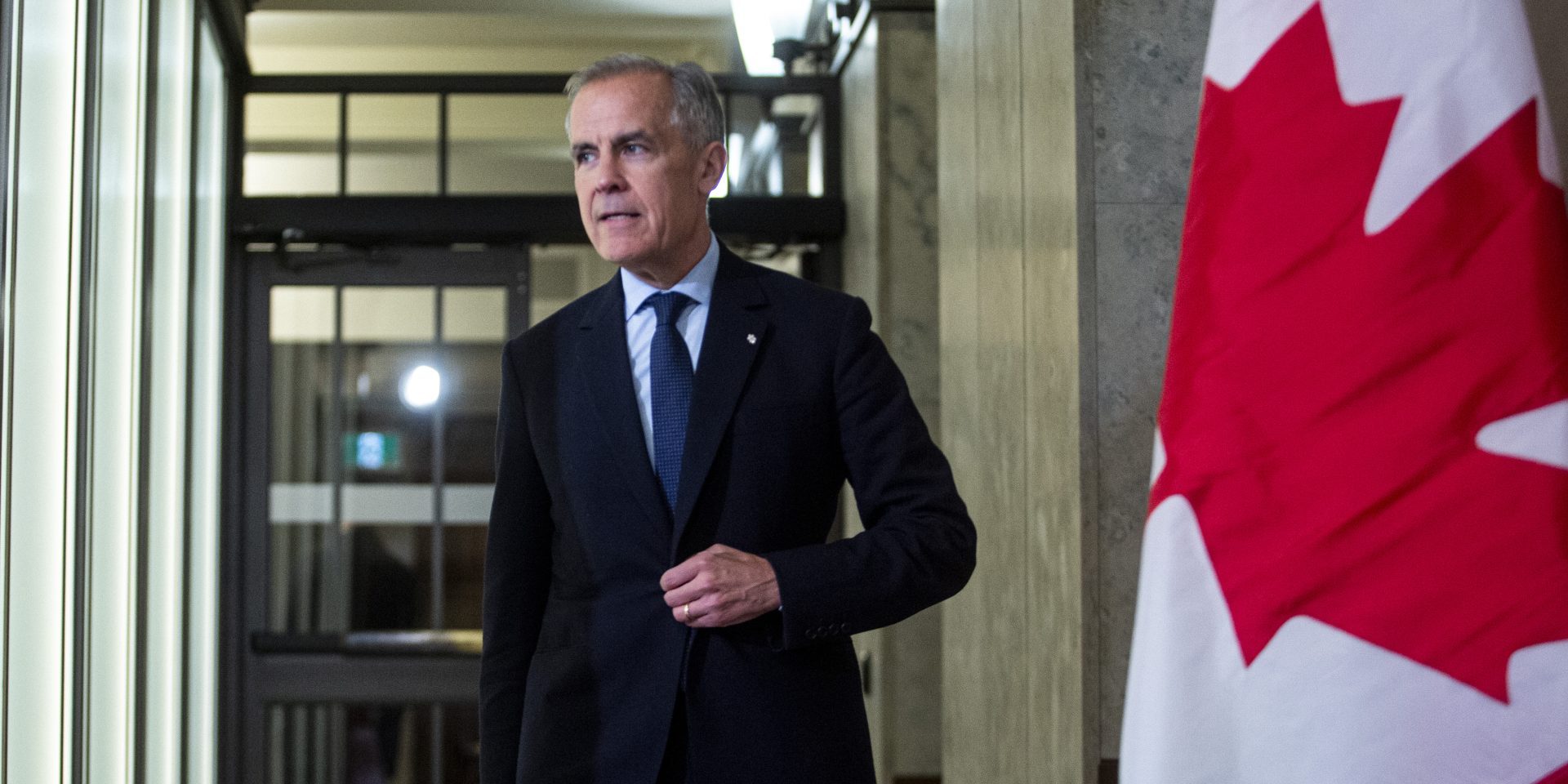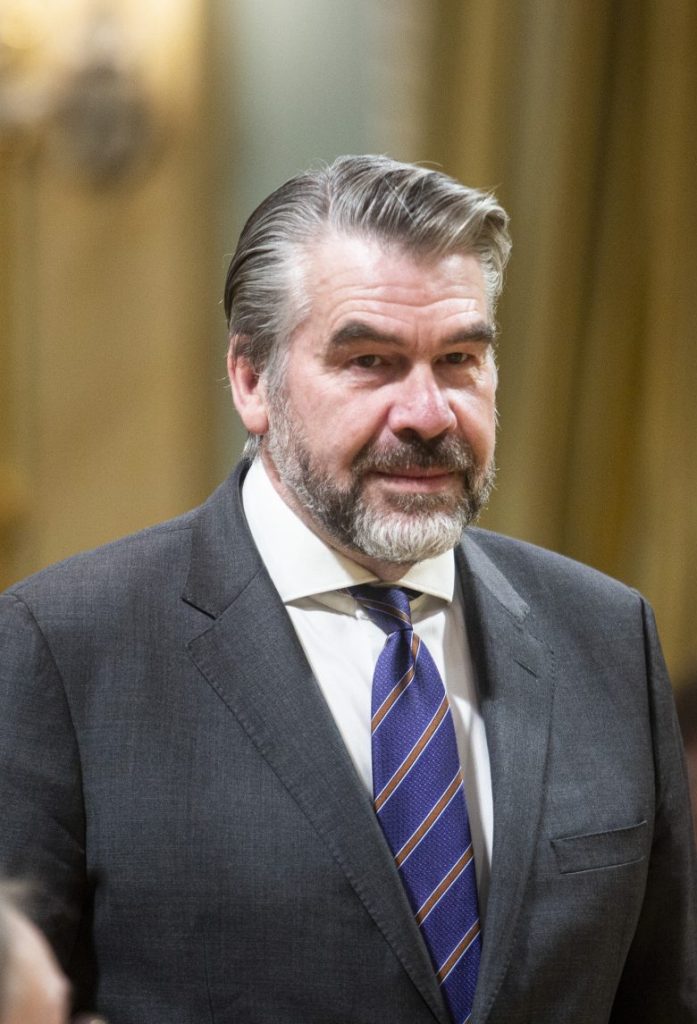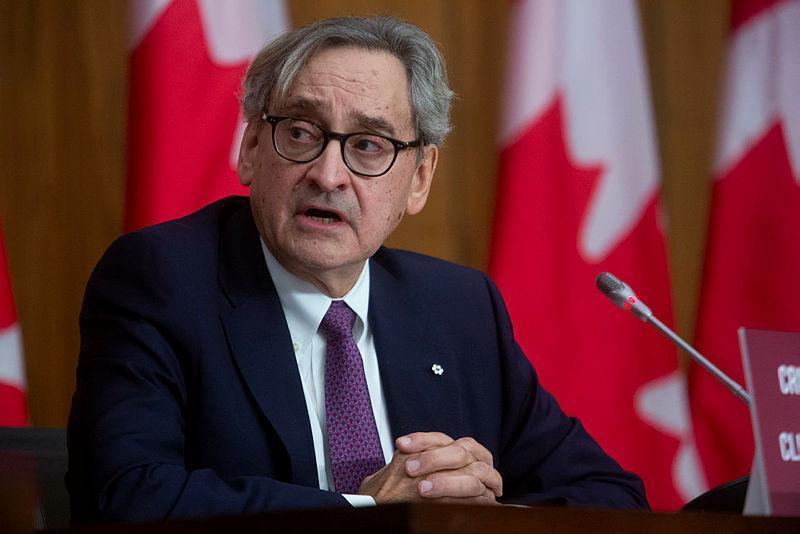PCO forecasts $64-million cut, dropping 64 staff over next three years

Prime Minister Mark Carney’s civil service department is planning to downsize, chopping millions of dollars off its annual budget and laying off dozens of advisers to the cabinet in the next few years.
The Privy Council Office (PCO) expects to employ 1,336 “full-time equivalent” employees this year, down slightly from the 1,358 that it “forecast”—pending the release of its annual performance report—for 2024-25, according to its recently tabled departmental plan. The staff are split, with a slightly larger share devoted to serving the PM and cabinet, and smaller share to providing “internal services.”
The PCO plans to cut staff in the coming years, almost entirely from those serving the prime minister and cabinet. The forecast for 2024-25 showed 780 PCOers filling that role this past year, and the office plans to cut that figure down to 704 by 2027-28.
As for spending, the PCO expects to shell out $278-million this coming year, easily a four-year high. It is also planning to cut that spending total to $214-million by the year 2027-28—marking a 23 per cent decrease in three years.
That amounts to a reduction of $64-million, and 76 staff over the next three years. That comes to an average of $842,105 per head, which means that the PCO will have to do more than issue pink slips to reach its target.

Carney (Nepean, Ont.) signed the introduction to the PCO’s plan, but it is the clerk of the Privy Council who is responsible for leading the the prime minister’s department. Carney has appointed to the top job Michael Sabia, who starts on July 7. Sabia is responsible for delivering on the plan, though it was drawn up under the guidance of outgoing clerk John Hannaford.
Unlike the Prime Minister’s Office (PMO), which is staffed by political operators, the PCO is part of the civil service. It plays a co-ordinating role, in theory providing advice and analysis from departments and agencies to the prime minister, and dispersing his instructions back to those branches of the public service. The PMO, meanwhile, doesn’t release a report like this, with exempt staff rather than bureaucrats making up its roster.
Departmental plans can be closer to promotional pamphlets than real planning documents. This year’s PCO plan is 47 pages long, and dives deeper into how the department plans to tighten its budget.
Some but not all of the PCO’s staffing reduction is attributed to the “sunsetting” of funding for election-related support, and the Foreign Interference Inquiry. The other reductions relate to the Clean Growth Office; delivering work on anti-racism and diversity, equity, and inclusion; “enhancing departmental capacity to deal with urgent priorities;” strengthening internal trade; and 2023 spending cuts.
The plan lists as the PCO’s “core priorities” the same seven objectives that form Carney’s brief mandate letter to his ministers: a new trade and security deal with the United States, removing barriers to internal trade and fast-tracking “nation-building projects,” lowering “costs” for consumers, housing affordability, strengthening the Armed Forces and the border, lowering immigration rates, and spending less on government operations.

Like other departments and agencies, the PCO has set a series of targets for itself for the coming year. Those include positive feedback from government ministers—it hopes to have more than half of the cabinet provide feedback on its service and advice to them, and to get a score from those who do of at least 80-per-cent satisfaction.
The PCO doesn’t list the portion of ministers who responded in past years, but its scores from those who did ranged from 76- to 78-per-cent satisfaction for three years running. We don’t have figures yet for the fiscal year that ended in March.
It also aims to get a better score from PCO employees, who are asked every two years if they consider their workplace as being “psychologically healthy.” In 2022-23, just 68 per cent of those who worked in the PCO said it was.
A little less than a year ago, Hannaford and then-prime minister Justin Trudeau created a new secretariat for AI within the PCO, to be led by Mark Schaan, deputy secretary to the cabinet. Carney has signalled that he plans to lean heavily on artificial intelligence to offset his cuts to the public service, and the PCO mentioned Schaan’s secretariat as one of the sources of “innovation” that it hopes will improve government performance in the coming year.
A version of this piece first appeared in Politics This Morning, your go-to source for insider news, analysis, and updates on where all the key political players are that day. Get more insider coverage directly to your inbox from The Hill Times‘ editor Peter Mazereeuw and reporter Riddhi Kachhela in this subscriber-only daily newsletter. Sign up here.
pmazereeuw@hilltimes.com
The Hill Times






 LICENSING
LICENSING PODCAST
PODCAST ALERTS
ALERTS













